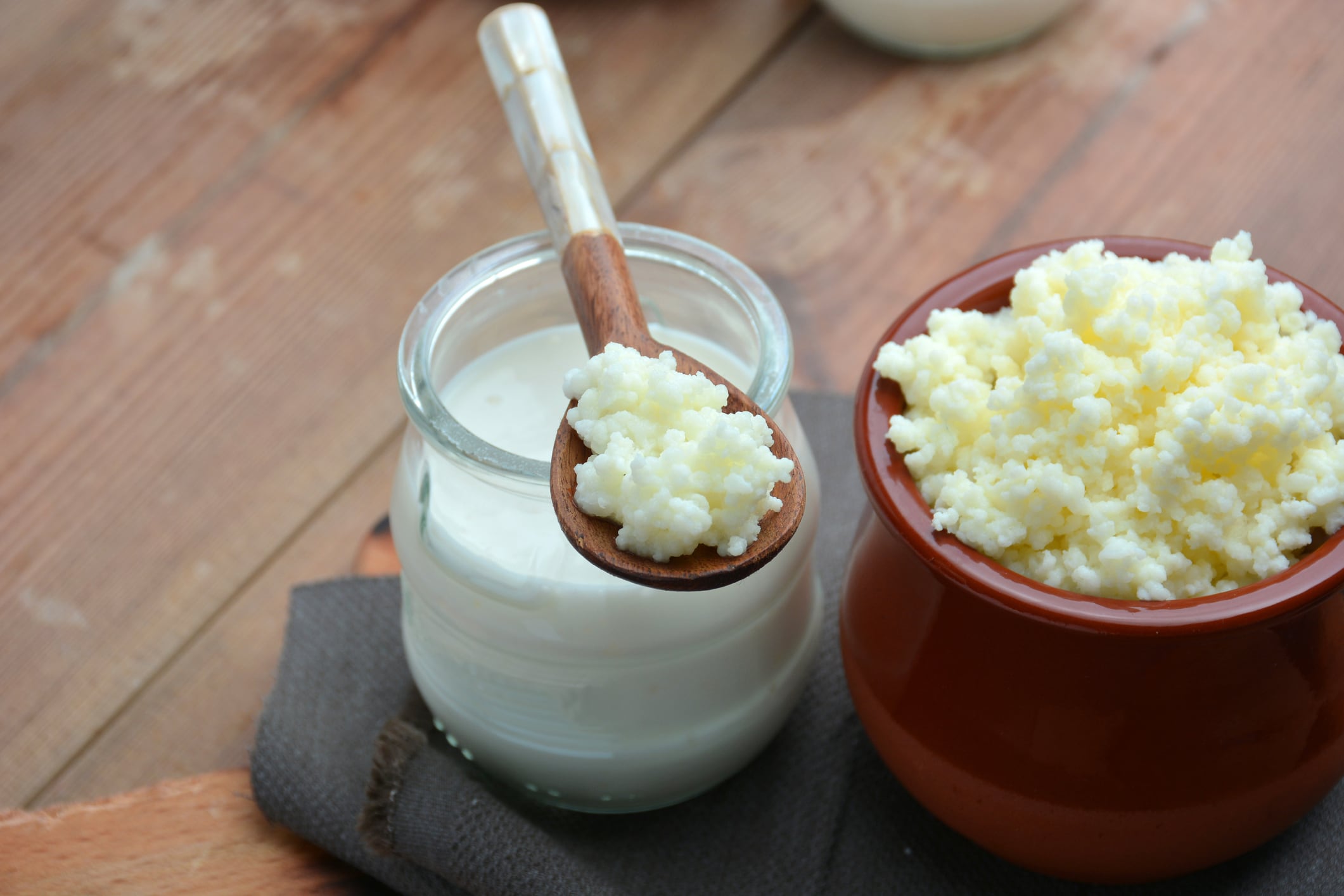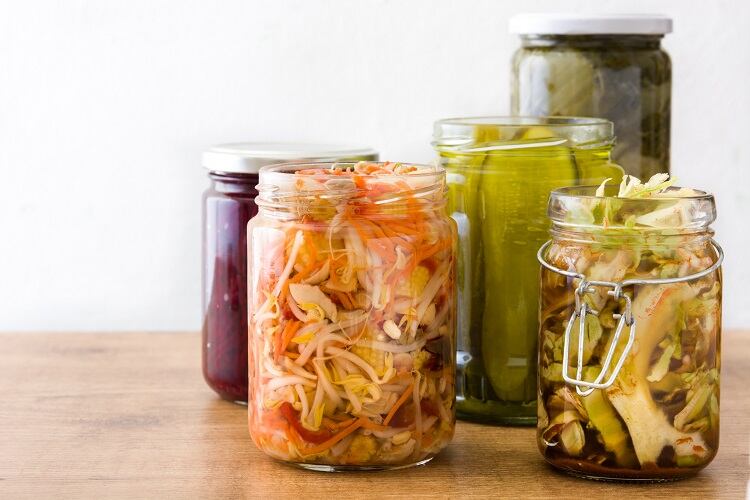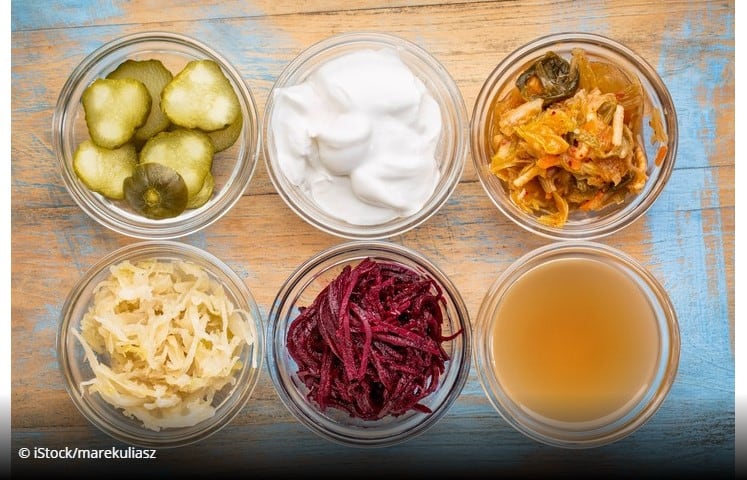Published in Nature Microbiology, the collaborative study from EMBL (European Molecular Biology Laboratory) and Cambridge University, reveals that the dominant species of Lactobacillus bacteria found in kefir grains cannot survive on their own in milk.
However, when the species work together the milk colonises in a sequential manner in which early members open the niche for the followers by making available metabolites such as amino acids and lactate - they each provide something the other needs to be able to thrive.
“Cooperation allows them to do something they couldn’t do alone,” says Kiran Patil, group leader and corresponding author of the paper. “It is particularly fascinating how L. kefiranofaciens, which dominates the kefir community, uses kefir grains to bind together all other microbes that it needs to survive – much like the ruling ring of the Lord of the Rings. One grain to bind them all.”
Kefir is an increasingly popular fermented milk drink sometimes referred to as a 'superfood' thanks to its wide ranging health benefits, including improved digestion and lower blood pressure and blood glucose levels.
To make the product you need kefir grains taken from another batch of kefir. The grains are added to milk to ferment and grow. Approximately 24 to 48 hours later (or, in the case of this research, 90 hours later), the kefir grains consume the nutrients available to them and grow in size and number.
Microbial community model
For scientists, kefir provides an easy-to-culture model microbial community for studying metabolic interactions. And while kefir is quite similar to yogurt in many ways – both are fermented or cultured dairy products full of ‘probiotics’ – kefir’s microbial community is far larger than yogurt’s, including yeast as well as bacterial cultures.
While scientists know that microorganisms often live in communities and depend on their fellow community members for survival, mechanistic knowledge of this phenomenon has been quite limited. Laboratory models historically have been limited to two or three microbial species, so kefir offers – as Patil describes – a ‘Goldilocks zone’ of complexity that is not too small (around 40 species), yet not too unwieldy to study in detail.
The researchers began their work by gathering 15 kefir samples from several places and see how they each grew.
Sonja Blasche, a postdoc in the Patil group and joint first author of the paper, said: “Our first step was to look at how the samples grow. Kefir microbial communities have many member species with individual growth patterns that adapt to their current environment. This means fast- and slow-growing species and some that alter their speed according to nutrient availability.
“This is not unique to the kefir community. However, the kefir community had a lot of lead time for co-evolution to bring it to perfection, as they have stuck together for a long time already.”
In order to find out the extent and the nature of the cooperation between kefir microbes, the researchers combined a variety of state-of-the-art methods such as metabolomics (studying metabolites’ chemical processes), transcriptomics (studying the genome-produced RNA transcripts), and mathematical modelling. This revealed not only key molecular interaction agents like amino acids, but also the contrasting species dynamics between the grains and the milk part of kefir.
“The kefir grain acts as a base camp for the kefir community, from which community members colonise the milk in a complex yet organised and cooperative manner,” Kiran says. “We see this phenomenon in kefir, and then we see it’s not limited to kefir. If you look at the whole world of microbiomes, cooperation is also a key to their structure and function.”
In fact, in another paper from Kiran’s group in collaboration with EMBL’s Bork group, in Nature Ecology and Evolution, scientists combined data from thousands of microbial communities across the globe – from soil to the human gut – to understand similar cooperative relationships. In this second paper, the researchers used advanced metabolic modelling to show that the co-occurring groups of bacteria, groups that are frequently found together in different habitats, are either highly competitive or highly cooperative.
This polarisation hasn’t been observed before and sheds light on evolutionary processes that shape microbial ecosystems. While both competitive and cooperative communities are prevalent, the cooperators seem to be more successful in terms of higher abundance and occupying diverse habitats.
Source: Nature Microbiology
Patil. K. R., et al
"Metabolic cooperation and spatiotemporal niche partitioning in a kefir microbial community"





